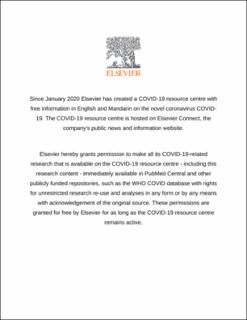| dc.description.abstract | Background
Prior research has highlighted racial and ethnic disparities in H1N1 vaccination in the United States. Our study adds to this literature by utilizing an intersectionality framework to examine the joint influence of race and sex on H1N1 vaccination beliefs and behaviors among non-Hispanic blacks and non-Hispanic whites (hereafter blacks and whites).
Methods
Using data from the National H1N1 Flu Survey of U.S. adults, we measured differences in beliefs about the safety and efficacy of the H1N1 vaccine among black women, black men, white women, and white men. We then estimated a series of nested logistic regression models to examine how race/sex vaccination disparities were influenced by health beliefs, socioeconomic status (SES), pre-existing conditions, and healthcare.
Results
Black respondents were more likely than white respondents to express reservations about the safety and efficacy of the H1N1 vaccine. Consistent with those beliefs, white females reported the highest rate of H1N1 vaccination (28.4%), followed by white males (26.3%), black males (21.6%), and black females (17.5%). Differences in health beliefs, SES, pre-existing conditions, and healthcare explained lower odds of H1N1 vaccination among white men and black men, relative to white women. However, black women experienced 35–45% lower odds of vaccination than white women across all models, highlighting the intersectional nature of these associations.
Discussion
The 2009 H1N1 influenza pandemic provides a cautionary tale about the distribution of new vaccines across large populations with diverse racial, sex, and socioeconomic characteristics. Despite differences between the H1N1 and COVID-19 pandemics, our study warns that many black Americans will forego COVID-19 vaccines unless swift action is taken to address black-white disparities in access to vital resources. Public health stakeholders can also encourage widespread adoption of COVID-19 vaccines by tailoring health promotion messages for different groups of racial minorities, especially groups like black women who face intersecting disadvantages. | en_US |
